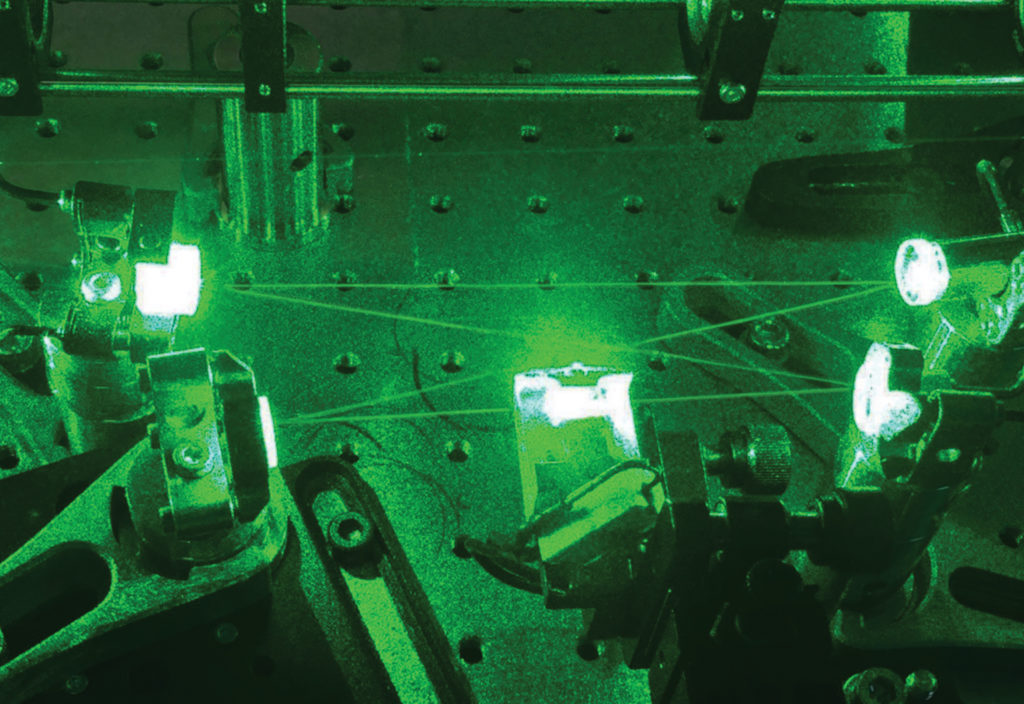Researchers at Macquarie University have created a diamond laser that uses sound waves to give output power 10 times higher than comparable devices.
These lasers, called Brillouin lasers, increase the amplification of their light by making use of materials in which light and sound interact. By using diamond as this material, the laser can be made smaller while retaining stability and power.
This effect is due to its high thermal conductivity and because the speed of sound is higher in diamond than in other materials. And because of that increase, the laser can create frequencies beyond the microwave band, reducing frequency noise and making the technology suitable for advanced wireless systems.
In contrast to earlier Brillouin lasers, the diamond version can be more easily scaled in size and with much greater flexibility for controlling the laser properties as well as increasing power.
“We can now begin to think about the design of Brillouin lasers in a new way, rather than as a phenomenon limited to small guided wave structures or as a detrimental effect in fibre lasers,” said Dr Zhenxu Bai, an optical engineer and the project’s lead PhD student.
The researchers, who presented their findings in a study published in Applied Physics Letters Photonics earlier this year, now plan to concentrate on expanding the range of laser capability by creating lasers with the higher levels of frequency purity and power needed to support future progress in quantum science, wireless communications and sensing.
Rich Mildren, a Professor in Macquarie University’s Department of Physics and Astronomy, said he sees a range of applications for the lasers.
“This development provides a new pathway towards high power lasers that are extremely efficient and have exquisite frequency properties, such as low-phase noise and narrow linewidth,” he said.
“These are properties needed for applications that demand the highest standards of noise-free frequency properties, like ultra-sensitive detection of gravitational waves or manipulating large arrays of qubits in quantum computers.”



